The 50 States Project is a series of candid conversations with interior designers across the country about how they’ve built their businesses. This week, Vermont-based designer Kate Nelson tells us how she learned to be more selective about her projects, how a network of builders helped her build a business in a tight-knit community, and what prompted her to finally make her first hire.
Did you always know that you wanted to be a designer?
Yes, for as long as I can remember. I feel fortunate to have known that at an early age. My aunt was an architect, so I think that planted the seed for me. I took drafting classes in high school, then went on to study interior design in college.
It’s amazing that you had drafting classes in high school.
I was the only girl in the classes. I remember drawing gears, learning how to use AutoCAD and things like that. There was some engineering, but it was mostly geared toward prearchitecture.
Did you have a sense of how you wanted your career to unfold from the beginning?
No, I don’t think I had a clear idea. The program I was in was more commercial than residential, but I was always driven more to go in a residential direction.
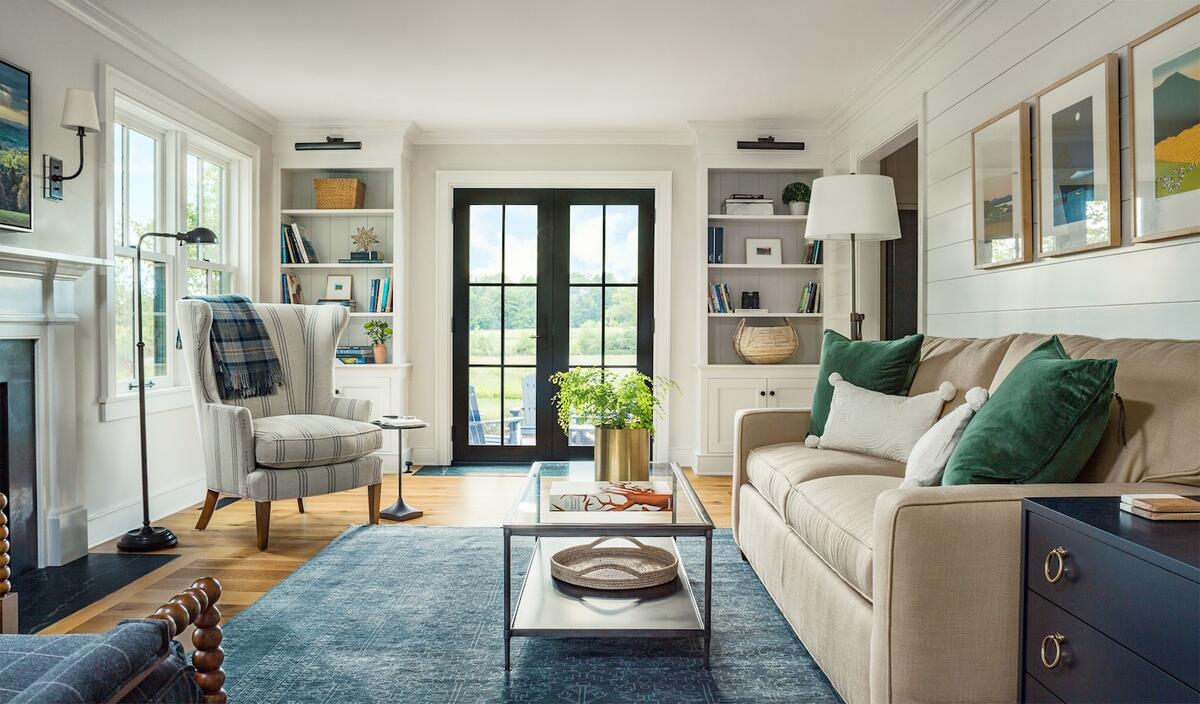
What did the early years of your career look like?
I came right back to Vermont while I was figuring out what I wanted to do, and I applied for a job at a small architecture firm in Burlington. That’s where I started—it was less design work, more red lining and working through CAD drawings. I had some friends who lived in Virginia, so I moved there, just outside of Washington, D.C., and got a job doing selections for residential builders. From there, I moved into doing model homes. I worked in the Hamptons for a couple years doing kitchen design, and then I found my way back to Vermont—and here I am.
On August 6, digital marketer Jen Smiga guides designers on building meaningful, long-term business partnerships with brands that go beyond single product promotions to become ongoing storytelling opportunities. Click here to learn more and remember, workshops are free for BOH Insiders.
Did you realize you were collecting experiences that would add up to design proficiency for the whole home?
No, it wasn’t intentional. It was more that I didn’t know exactly what I wanted to do in interior design, and these jobs just sort of happened. I was young, and I was like, OK, I’ll try this. I wasn’t making a master plan. But it is interesting how much all those experiences really informed what I do now, and I did gain valuable skills from each of these positions.
When I moved back to Vermont, I took a job as the interior designer for a company that manufactured high-end kit homes, and I worked there for almost 10 years. They were historic reproduction homes—really beautiful and very detailed. We had a team of architectural designers to design a shell, from the frame to the exterior trim components. Then it would get passed off to my department, and I would work out every detail of the interiors—drawing the stairs, all the millwork, then working through the hard specifications like the fireplace and mantels. We stopped just short of selections like tile or countertops. When clients engaged with our company, they would have a builder lined up, and the kit home would get shipped to them.
What made you decide you wanted to go out on your own?
The work slowed down, and I was laid off from that company in 2016. It was the kick that I needed. I always knew that I wanted to have my own company someday, but it was scary to just start it. But once I didn’t have a job, I was like, OK, this is what I do next. And I’m happy I did. It was hard at the time—I had a baby, and suddenly I didn’t have a job—but it all worked out.
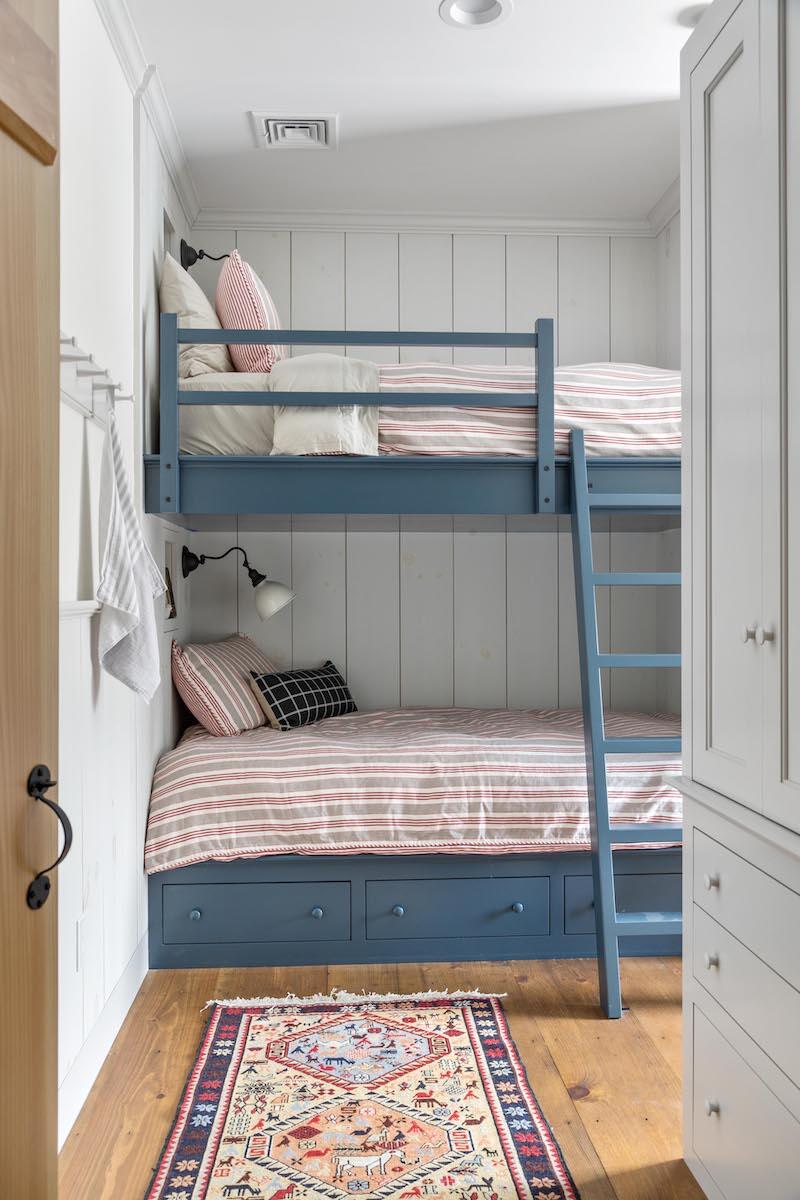
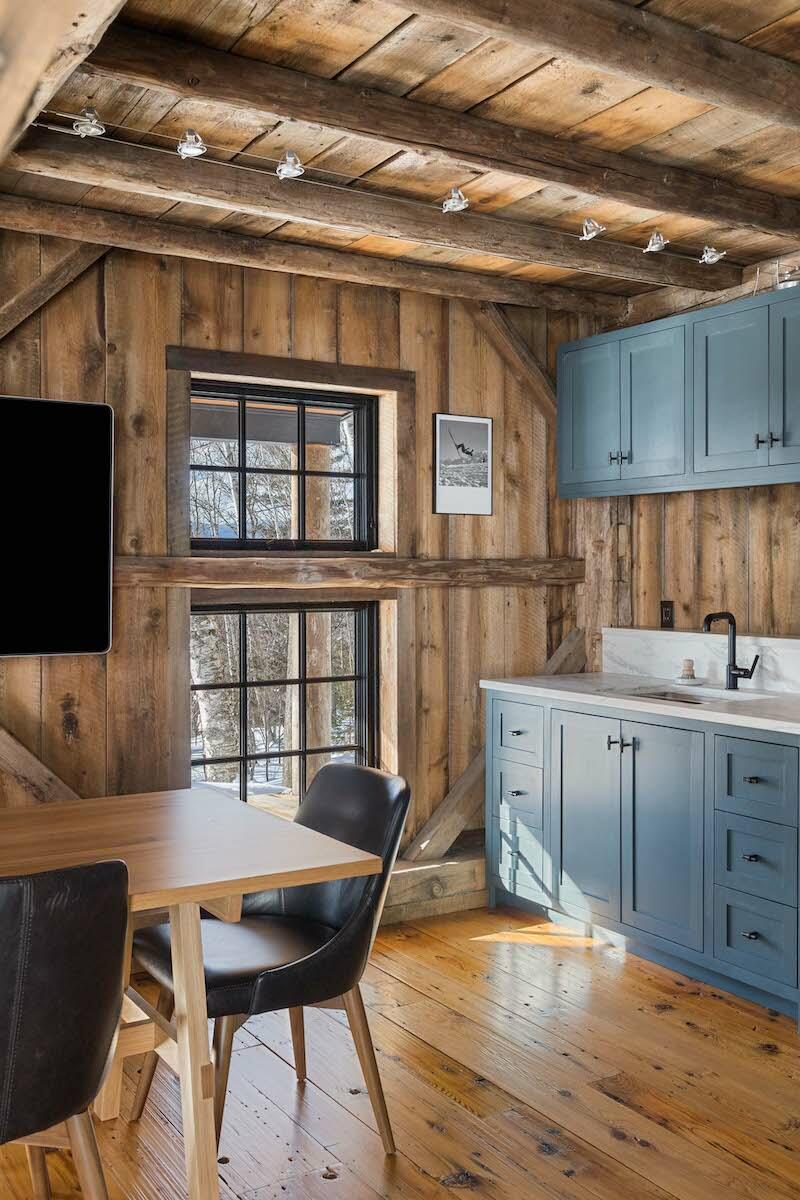
Where did your early clients come from?
One of my first jobs was actually a client from that previous company who wanted to continue working with me. I worked with them throughout the next year, and I’ve done three other jobs with them since then. That really opened up some doors. My husband is a contractor, so he also had some work for me right away, and that helped me get established. I still work with him a little bit from time to time, but we both prefer to work separately.
That’s really funny. To keep home and work separate?
We still end up overlapping a little bit, but I think couples have enough problems to work through. For us, anyway, it’s probably just better if we keep it separate. But it is nice that we can rely on each other for help with drawings, or to bounce ideas off each other.
When you fast-forward to today, what does the business look like?
I’ve recently hired an employee, and I have a bookkeeper as well. We have 10 projects currently in various stages, and they range from kitchen design to a full-on 4,000-square-foot house with furnishings, a new kitchen, everything. There’s a pretty wide range. Over the last couple years, there’s been such an influx of work—I know that’s happening everywhere, but in Vermont, there have been a lot of folks moving from Boston and New York, so there is a lot of new home construction as well as a lot of renovations. It’s allowed me to be a little bit more selective about the projects I take on, which has been really good for my business. I’m not chasing everything anymore, and I’m not having to say yes to everything. I’m not having to work on a project that I know is not a good fit for me.
That’s a blessing, for sure.
Definitely. I don’t know how long it’ll be that way, but for now, I’m just fortunate that’s how it is.
Where have you chosen to be more selective?
I think everyone prefers bigger projects, where you have control over everything, and where you can really dedicate more time to it. If you’re spread thin over many smaller projects, you don’t have your head as into it. When you hold the design for the entire project, the outcome is better for so many reasons—the client has a better experience, and the ultimate design is just more cohesive. I also gravitate toward more historic and traditional design.
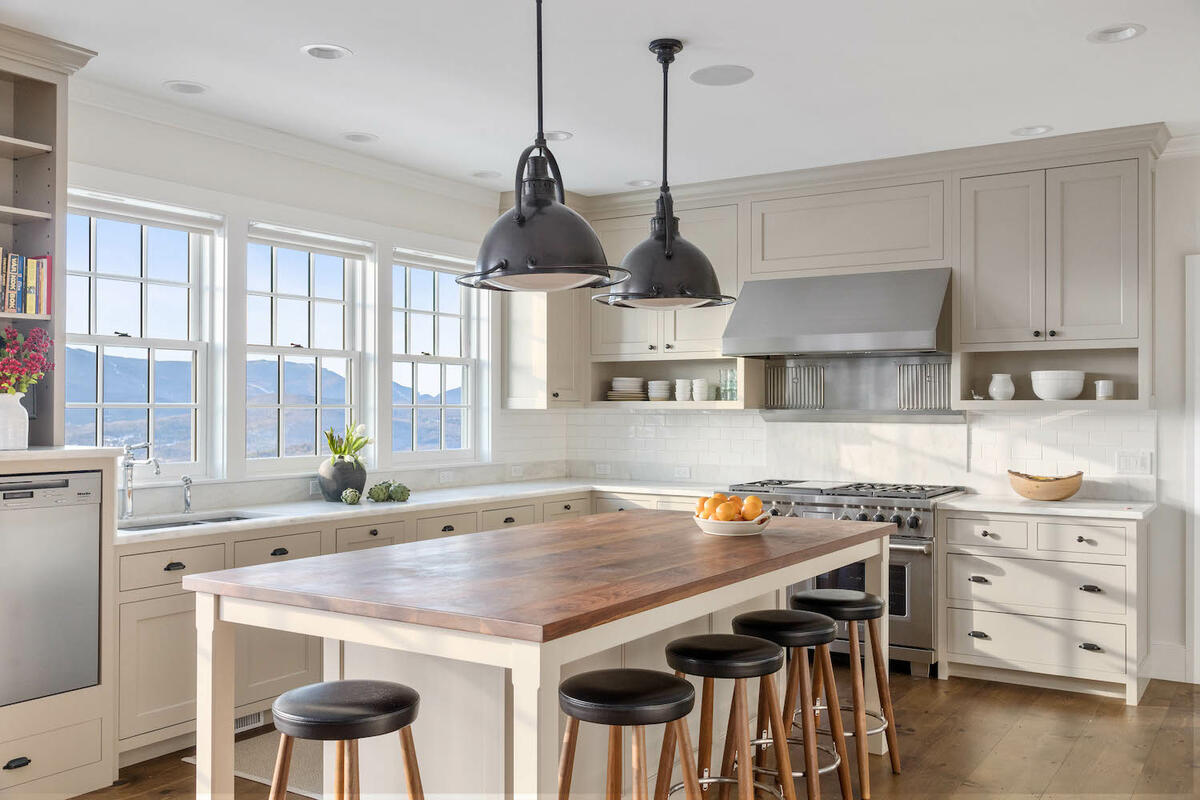
You said you just hired somebody to be on your team. What was the impetus there?
I’ve actually been looking for quite some time—more than a year—and I just haven’t been able to find the right person. And when I met her, she had some of the skills I was looking for, and the personality, so it seemed like a really good fit. So far, it’s been great.
What is that role on the team, and what does that free you up to do?
For now, it’s an assistant designer position. Eventually, I would love for her to become a project manager. But what does it free me up to do? Honestly, I don’t know yet—it’s only been about six weeks, so it’s very new. I’m thinking of it right now as a transition. It’s hard hiring someone and training them, especially when you’re used to doing things a certain way. You have to put a certain amount of trust that this person is working in the best interest of the company.
And if you’ve been looking for this long, you’ve needed help for that long too.
I have.
It’s also easy to forget that just because you’ve hired someone, they don’t immediately jump in and solve all of your problems. You have to do more work at the start so that this person can run with it later.
Exactly. And I think the more time we spend working together and learning different systems, the better the outcome will be. I just have to be patient. Eventually, I’m looking forward to taking on a few more projects and splitting the work up.
When you think ahead, do you have a sense of what the right size is for the scope of the firm you want?
I’ve gone back and forth with this a bit. For a while, I was thinking a few more on the team would be good. I’m not rushing into anything, though. I’m feeling it out. I know that in some ways it makes things easier to have more help, but in other ways, it’s more work—more people to manage—and I’m not sure how I feel about that yet. And I’m not sure what the ultimate goals are.


I was hoping you could tell me about Vermont and your clientele.
I feel like folks from all of the Northeastern cities are moving to Vermont, whether it’s full-time or as a second home, and that’s been great for my business. Right now I probably have a 50/50 split between new construction and renovations. Like everywhere, folks are wanting to spend more time at home, and they’re assessing what their homes look like versus what they want it to look like.
How much of your work is primary homes versus secondary spaces?
I would say 80 percent is probably second homes.
How does that impact the way you work with clients?
It feels like there’s a little bit more freedom for me as a designer when it’s a second home. There might be a little bit more leeway in terms of style or exact furniture pieces. It’s not that it’s thought of as less important, but it’s less something—maybe just less pressure. And I actually think the outcome is often better when you’re given the liberty to do something a little bit surprising, when you’re jumping out of your comfort zone a little. You’re not always going with the tan sofa or something like that, and it makes a difference.
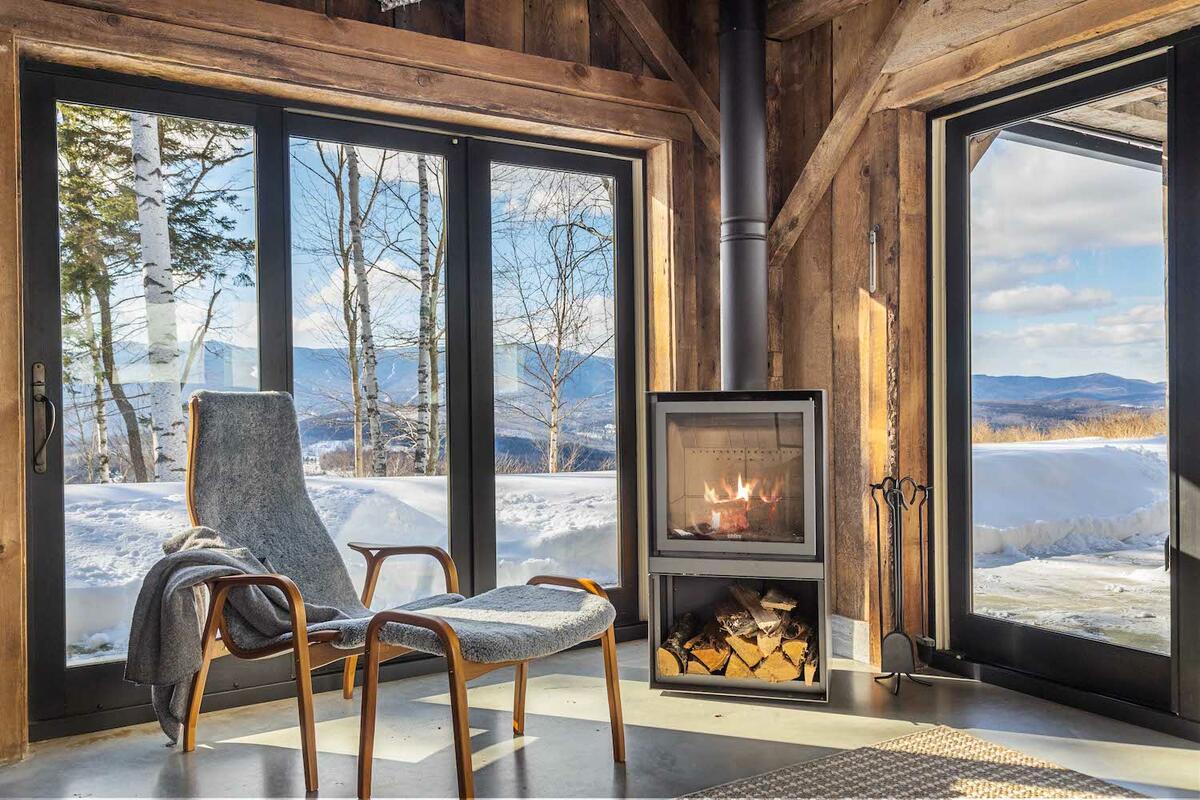
Where do you go to shop?
That’s definitely a bit challenging in Vermont because we’re so rural. I rely on the design centers—mostly Boston, and a little bit in New York—but I don’t go there. Boston is four or five hours away. I do a lot of sampling. Everything I do is online, or I have reps who come to me. I keep a pretty good-sized fabric library in my studio, and I’m constantly pulling from that. I’m always looking for new textiles. But it’s challenging—especially if I’m looking for something very specific, it can be tricky to go through websites and look for fabrics. I think it probably takes a little more time than it would for someone who lives in Boston or New York and can go right to the design center.
If they’re stuck, they can go feel their way through the wings.
Exactly. I’m sending samples to clients for approval as opposed to seeing them, too. A lot of things are done remotely today anyhow, but even before the pandemic, I was generally presenting over email or Zoom.
What does that look like?
I often send a proposal, and we’ll review it and talk it through, and then I send a box with a number of samples. Sometimes there’s some back and forth, and it’s more one decision at a time. That’s all part of the process.
How collaborative is that process with clients?
It really depends on the client. I have clients at two very different extremes right now that I’m thinking of. One is, “I want to make every single decision, and I want to touch it and feel it and know it intimately.” The other one is kind of like, “I trust you, you know what I like, and I know you can make it happen.” I’m OK either way—there are some things I like about the challenge of the collaboration, but I also love the other side, when the client is really trusting me to get to know their preferences and run with it.
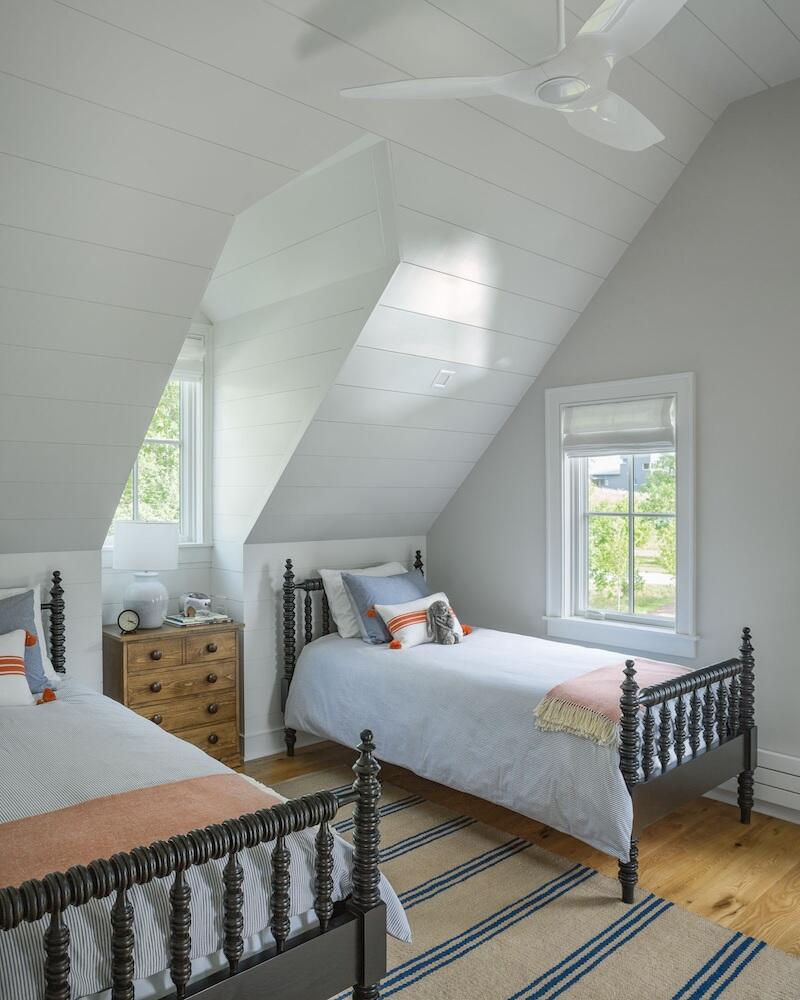
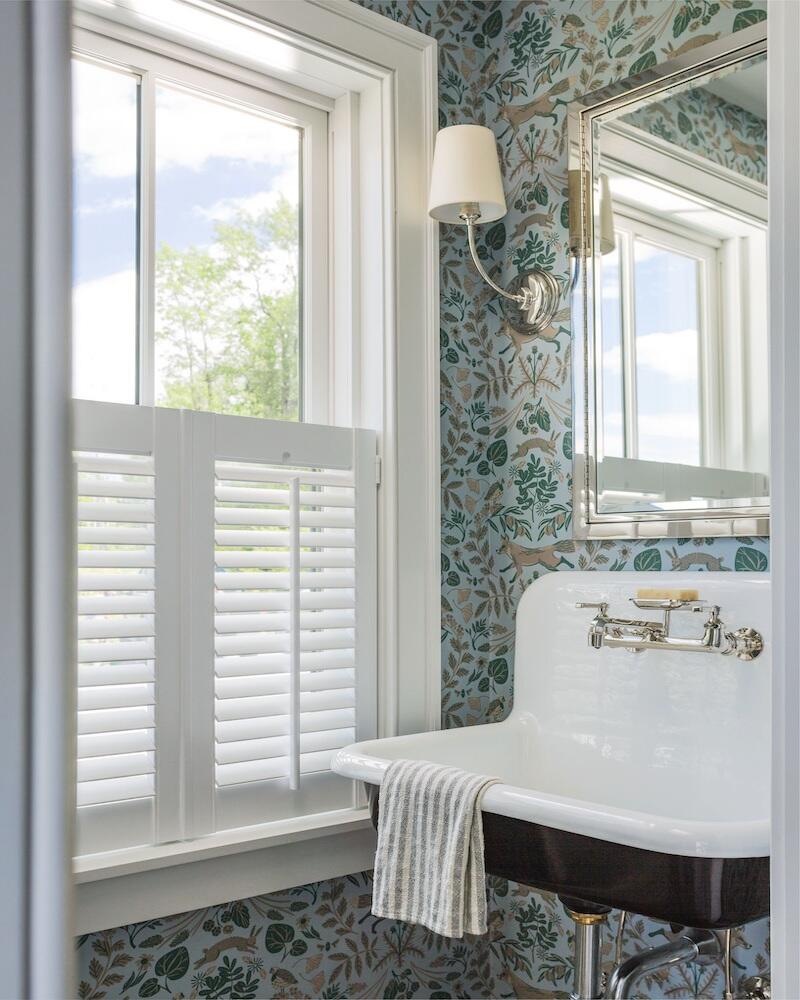
How have you approached billing for your work?
For the earlier stages of the project, when I’m focused on the design—when I’m doing consultations, drawings, mood boards and space planning—all of that work is done hourly. Once I shift into ordering, that’s all covered with cost-plus on product.
Is that a difficult thing for clients to understand, or have they been pretty receptive to that model?
They’ve been pretty receptive. I really haven’t had any issues. For the cost-plus portion, I charge the retail price—I don’t have to contend with anyone shopping me online because the prices are the same. Everyone has access to everything these days, just as much as I do, but it usually seems to work out. Clients seem to understand that there’s a lot that goes into procurement, shipping and tracking, and most are happy for me to take that off their plate. I’ve heard that a lot of designers are moving toward a fixed fee, and maybe I’ll go there eventually, but that intimidates me a little bit. For now, this is working out.
Did your billing approach change when you made your recent hire? Are you doing the math to understand what works differently now?
I haven’t really figured it out yet, actually. I’ve been watching the hours creep up since I made the hire, and I obviously can’t bill for all of it. There’s a lot more unbillable time right now.
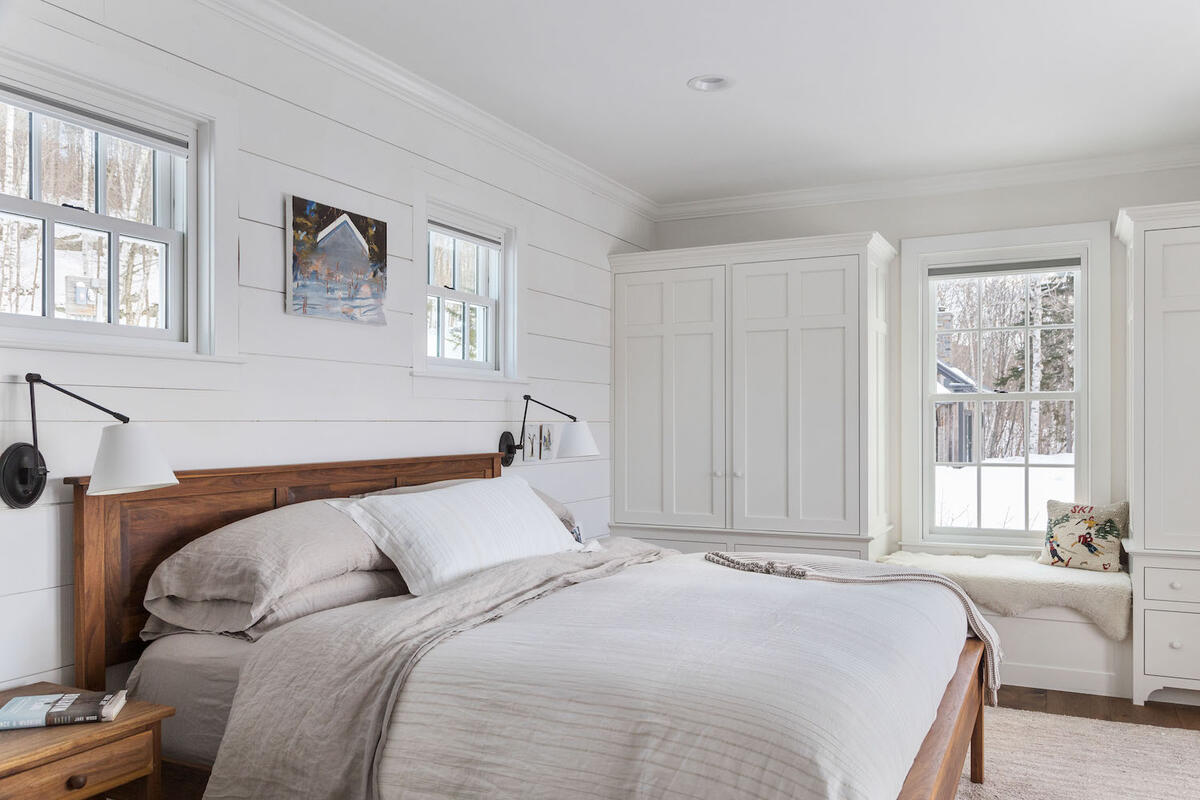
How do people find you?
A lot of it is word of mouth. When I first started in this business, my work was all over Vermont. The state is small, but it was still a lot of traveling. I think a lot of that work came from random online searches or Houzz. What I’m finding now is that word of mouth is fueling my business, and my projects are a lot closer to home.
I live around Middlebury, which is a small college town, and there’s been a lot of growth in this area. A lot of the folks who come to the area and buy second homes have gone to Middlebury College or already have some kind of Middlebury connection. There’s this network of builders, and I know a lot of builders from my work at my previous company and through my husband’s business in addition to my own, so I get a lot of builders who refer me. It’s a small, tight-knit community, and everyone knows one another, which has been a great thing for me.
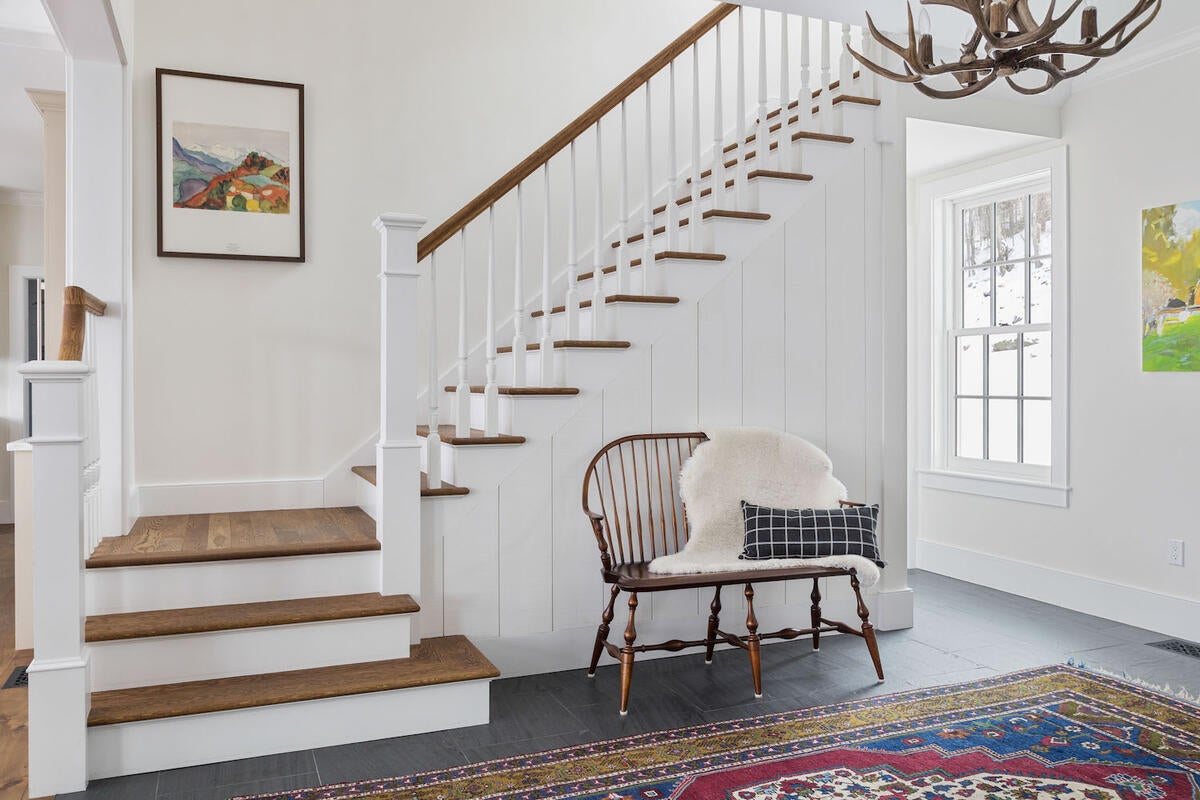
What is the biggest thing you wish you had known when you started your business?
I wish I had known that I don’t have to take every job. I was doing that for a long time, and more often than not, it got me into—maybe not a bad position, but one where I was never doing my best because I had more work than I could handle. And sometimes, I was just taking on the wrong job. You know when you meet someone and you don’t click? I tried to make it work too much, but you don’t have to. It has to be a good fit for the client, but it also has to be a good fit for the designer. I always think about that now.
Was there a turning point when you realized that was something you wanted to prioritize?
It happened a couple years ago, and it came from being in a position where I was like, “I don’t want to work on this job anymore,” too many times. And then I’m like, “Well, why did I take on this job? I knew from the beginning I didn’t want this job.” If a client is difficult, it can really make you discouraged about your work.
What does success look like for you when you think about it today?
Success is being proud of the work I do, having a portfolio I’m proud of, having clients who are happy to have worked with me, and loving the work every day. Eventually, it’s also about being able to take vacations and slow down, but still actually loving what I do. That’s really important to me.
To learn more about Kate Nelson, visit her website or find her on Instagram.





























